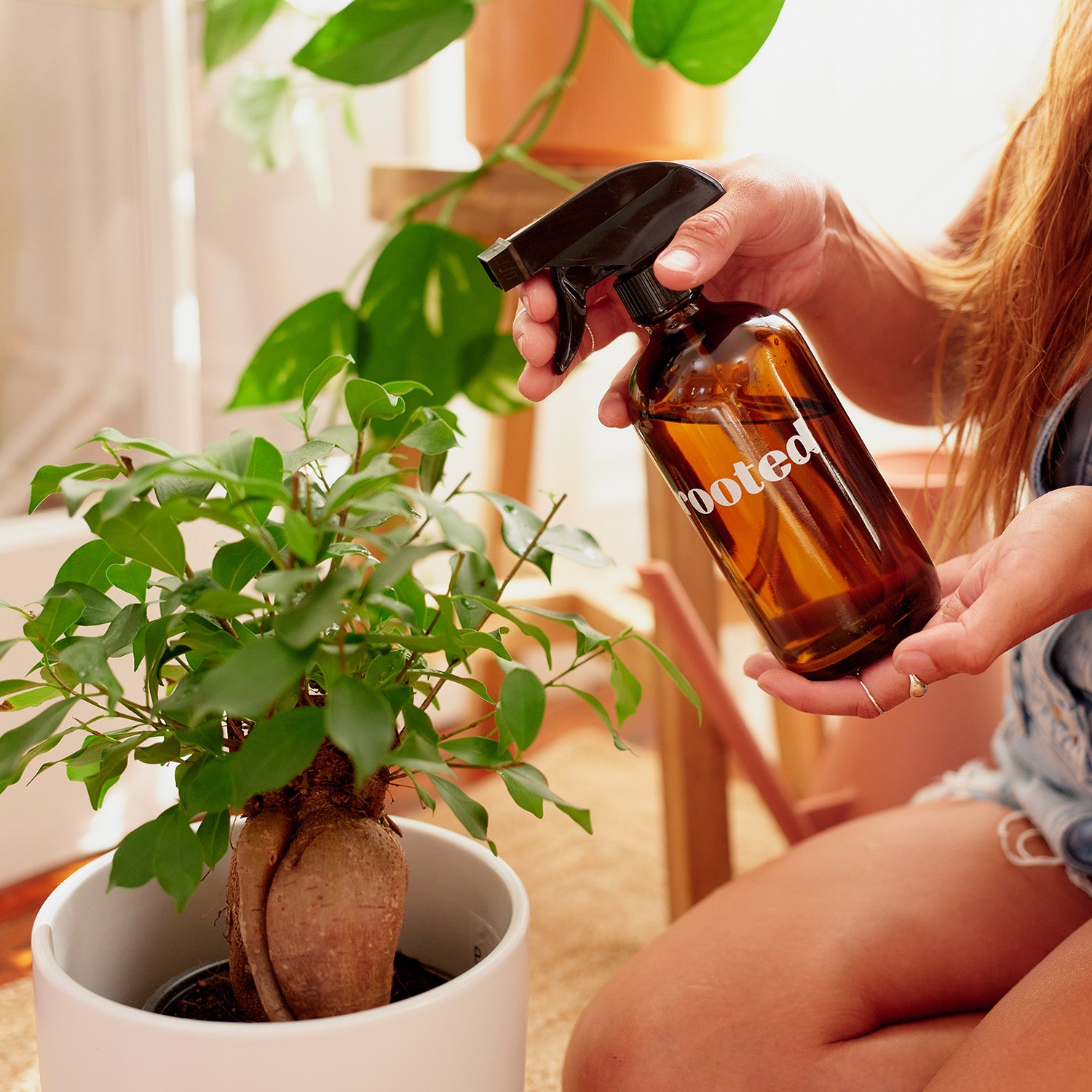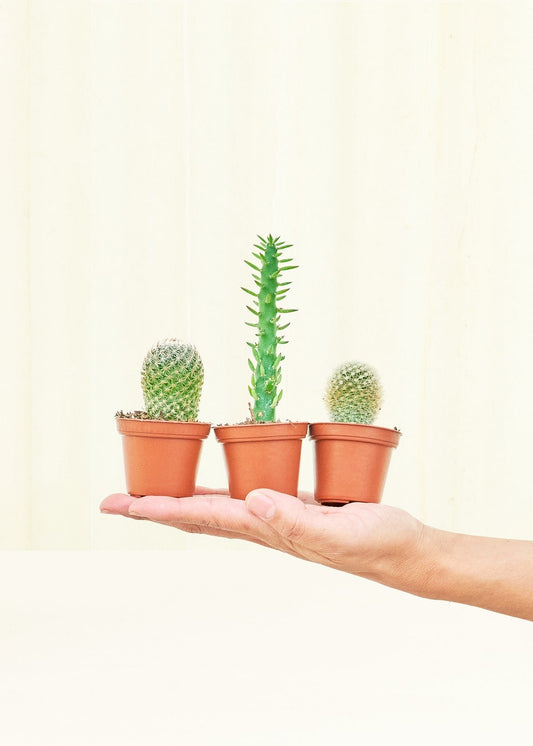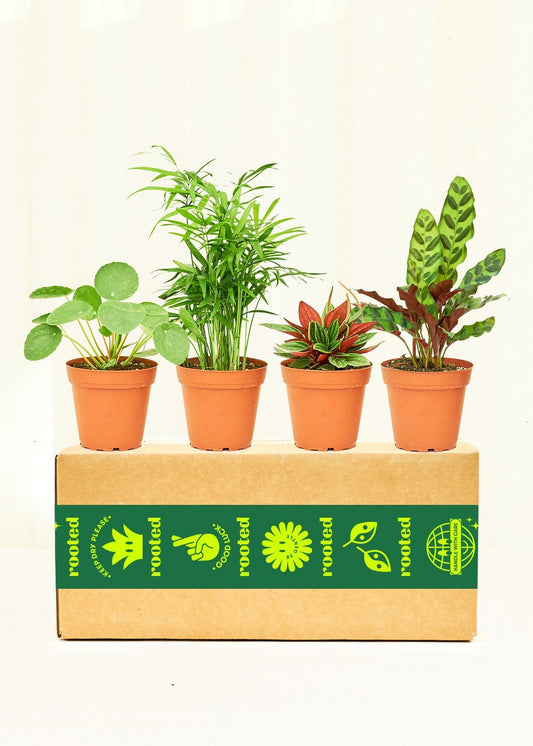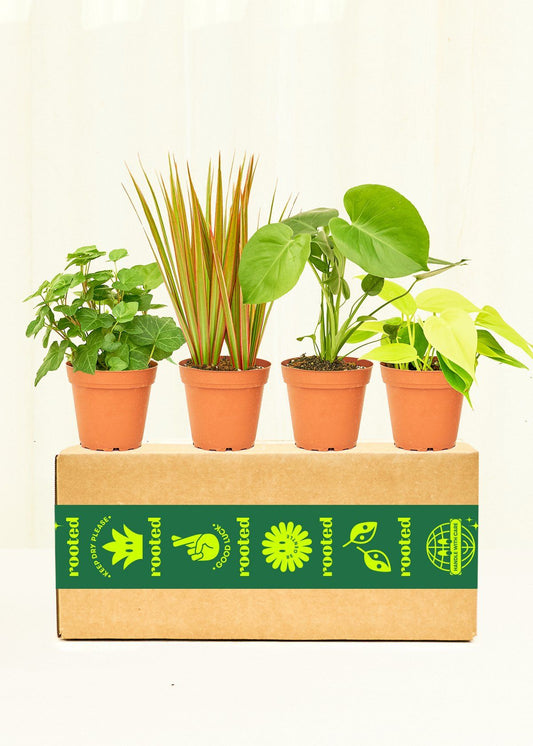Say it with a plant (and a personalized note)
This form lets you add a message to your gift and schedule when to send it. Perfect for every “I love you,” “thank you,” or “sorry I killed your last plant.”
Your cart

Work is tough, plant care is easy. Tips, tricks, and everything in between.


Aralia Fabian is a tree-like shrub that adds style and greenery to any indoor space. It has a thick woody stalk and round, glossy green leaves. While its origins trace...
Aralia Fabian is a tree-like shrub that adds style and greenery to any indoor space. It has a thick woody stalk and round, glossy green leaves. While its origins trace...

The Song of India is a popular shrub from the islands of the Indian Ocean. Recognized for its beautifully colored leaves, this stunning plant adds style and elegant charm to...
The Song of India is a popular shrub from the islands of the Indian Ocean. Recognized for its beautifully colored leaves, this stunning plant adds style and elegant charm to...

Everyone would agree that the peace lily is one of the most popular blooming houseplants, adorning living and workspaces globally. With its glossy, dark-green leaves and elegant, crisp white flowers,...
Everyone would agree that the peace lily is one of the most popular blooming houseplants, adorning living and workspaces globally. With its glossy, dark-green leaves and elegant, crisp white flowers,...

In the world of houseplants, Prayer Plants are a well-known favorite among both beginner and experienced plant enthusiasts. These beautiful plants originate from South America’s tropical forests, where they often...
In the world of houseplants, Prayer Plants are a well-known favorite among both beginner and experienced plant enthusiasts. These beautiful plants originate from South America’s tropical forests, where they often...

Leaf spot is the name given to a group of plant diseases caused by fungi, bacteria, or other microorganisms. Leaf spot most frequently attacks fruit trees and vegetables, but can...
Leaf spot is the name given to a group of plant diseases caused by fungi, bacteria, or other microorganisms. Leaf spot most frequently attacks fruit trees and vegetables, but can...

Houseplants require more than just a good soil mix, adequate sunlight, and the right-sized pot to stay healthy. Water is another key requirement for their healthy growth. While tap water...
Houseplants require more than just a good soil mix, adequate sunlight, and the right-sized pot to stay healthy. Water is another key requirement for their healthy growth. While tap water...
Featured collection




